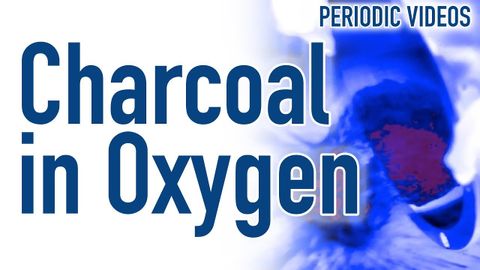
Subtitles & vocabulary
Hot Charcoal in Liquid Oxygen (THERMAL IMAGING) - Periodic Table of Videos
00
林宜悉 posted on 2020/03/27Save
Video vocabulary
eventually
US /ɪˈvɛntʃuəli/
・
UK /ɪˈventʃuəli/
- Adverb
- After a long time; after many attempts; in the end
- At some later time; in the future
A2
More initiative
US /ɪˈnɪʃətɪv/
・
UK /ɪ'nɪʃətɪv/
- Noun (Countable/Uncountable)
- Ability to come up with solutions by yourself
- New plan or idea that is meant to fix a problem
B1TOEIC
More presence
US /ˈprɛzəns/
・
UK /ˈprezns/
- Noun
- The same place or area that a person is
- Ability to reach a market, group of people etc.
A2
More capacity
US /kəˈpæsɪti/
・
UK /kə'pæsətɪ/
- Noun (Countable/Uncountable)
- Ability to hold, involve or contain (e.g. liquids)
- Largest amount of something that can be produced
B1
More Use Energy
Unlock All Vocabulary
Unlock pronunciation, explanations, and filters
